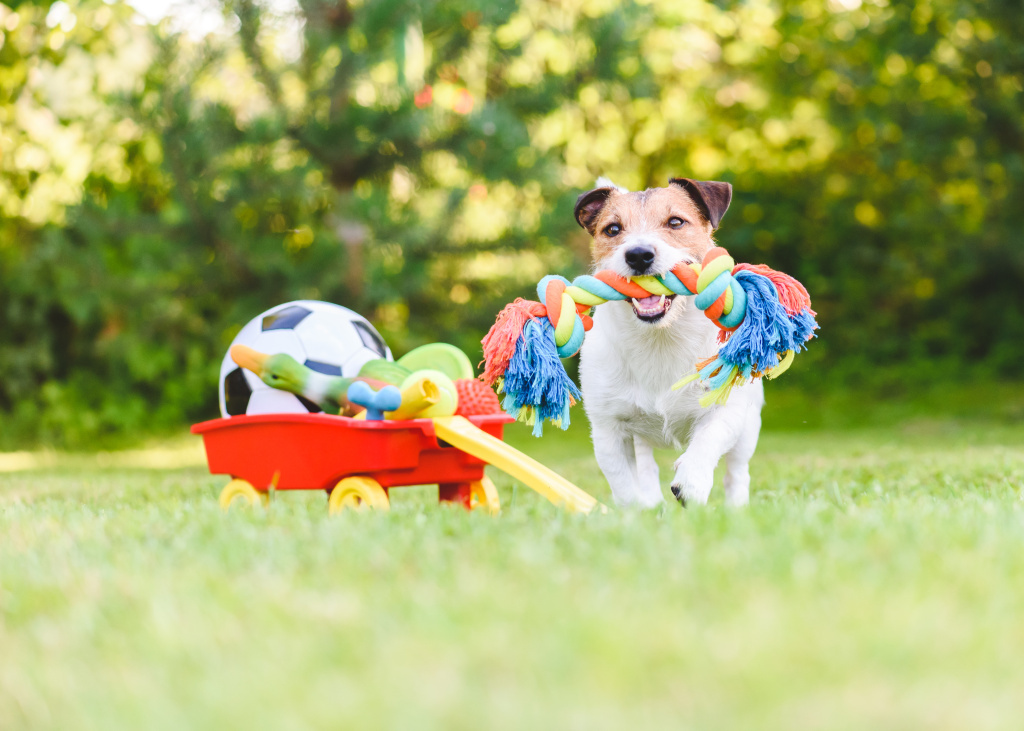Pet grooming goes beyond superficial care; it’s a crucial aspect of pet health and responsible ownership, offering physical and emotional benefits. Regular grooming sessions prevent common health issues like painful mats, infections, and nail overgrowth, which can interfere with mobility and comfort.
This comprehensive guide introduces the best tools and techniques, enabling pet owners to maintain their pets’ appearance, hygiene, and comfort while fostering a positive grooming experience. From effective brushing methods to careful nail trimming, grooming is a way to nurture your pet’s happiness, well-being, and relaxation. By embracing grooming as a bonding activity, you’ll create lasting trust, keeping your pet not only looking great but feeling safe and loved.
The Basics of Pet Grooming
Pet grooming involves caring for a pet’s coat, nails, teeth, and ears to prevent discomfort, infection, and other health issues. Routine grooming not only keeps your pet clean but also promotes their comfort and happiness, as it removes mats, dirt, and parasites that can cause pain or irritation. Additionally, regular grooming sessions help build a strong bond between you and your pet, allowing them to feel more secure and comfortable with your touch. Investing in high-quality grooming tools and learning the proper techniques can make this experience enjoyable and stress-free for both of you. Selecting the right tools that match your pet’s specific breed, coat type, and grooming requirements is crucial for effective care.
Cats and dogs, in particular, require grooming routines tailored to their unique needs. Long-haired pets need more frequent brushing to prevent tangles and matting, whereas short-haired pets may only need occasional brushing. Dogs often need more extensive grooming due to their tendency to get dirty outdoors, but cats also benefit from nail trims, ear cleaning, and brushing—especially long-haired breeds. Keeping up with their unique grooming requirements will ensure that your pet stays healthy, comfortable, and happy.
Essential Brushing Tools and Techniques
Brushing is a fundamental part of pet grooming that helps remove loose fur, dirt, and debris. The choice of brush should match your pet’s coat type, with slicker brushes for long-haired pets and bristle brushes for short-haired ones. Regular brushing helps prevent mats and tangles, which can be painful and difficult to remove if left untreated. It also improves circulation to the skin and spreads natural oils across the coat, promoting shine and softness.
For pets with thick coats, a deshedding tool can help control shedding and reduce the amount of fur around the house. Brushing should be gentle yet thorough, and it’s essential to make the experience positive for your pet. By using a calm voice and rewarding them afterward, you’ll make grooming sessions something they look forward to.
Nail Trimming Tips for Safety
Nail trimming is often overlooked but crucial in pet grooming. Untrimmed nails can cause discomfort and lead to mobility issues. Proper nail care ensures pets walk comfortably without scratching themselves or damaging surfaces. Dogs usually need nail trimming every few weeks, while indoor cats might require less frequent trims.
Using the right nail clipper is essential for pet comfort and safety. For example, using a cat nail clipper with guard can help prevent accidentally cutting too much of the nail, minimizing pain and discomfort. Trimming just the tip of the nail is sufficient for most pets. If you’re unsure how much to trim, consult a veterinarian or professional groomer to avoid accidentally cutting the quick, the sensitive part of the nail containing nerves and blood vessels.
Bathing Techniques
Bathing keeps a pet’s skin and coat clean, but it’s vital to use pet-specific shampoos that won’t irritate their skin. The frequency of baths depends on the pet’s breed, coat type, and activity level. For most dogs, a bath every month or two is adequate, while cats typically groom themselves but may require baths if they get dirty or have specific skin issues.
To make the experience stress-free, prepare all your supplies ahead of time. Use lukewarm water and be gentle around sensitive areas like the face, eyes, and ears. Apply shampoo in a massaging motion, which helps relax the pet and distribute the shampoo evenly. Rinse thoroughly to prevent any residue that might irritate the skin. Dry them gently with a towel or pet-safe dryer, especially if they have thick fur that retains moisture. Keeping bathing positive and rewarding them with treats afterward can help pets associate baths with a positive experience.
Special Care for Ears and Teeth
Healthy ears and teeth are vital components of pet grooming, often overlooked by many pet owners. Regular ear cleaning prevents infections, especially in pets prone to ear issues like floppy-eared dogs. Use pet-safe ear cleaning solutions, as human products may irritate the sensitive ear canal. Gently wipe the outer ear with a cotton pad, avoiding deep insertion into the ear canal.
Dental care is another crucial aspect of grooming that impacts a pet’s health. Using pet-safe toothbrushes and toothpaste can help remove plaque, freshen their breath, and prevent dental disease. Brushing a pet’s teeth a few times a week, along with providing dental chews or toys, can go a long way in maintaining oral hygiene.




